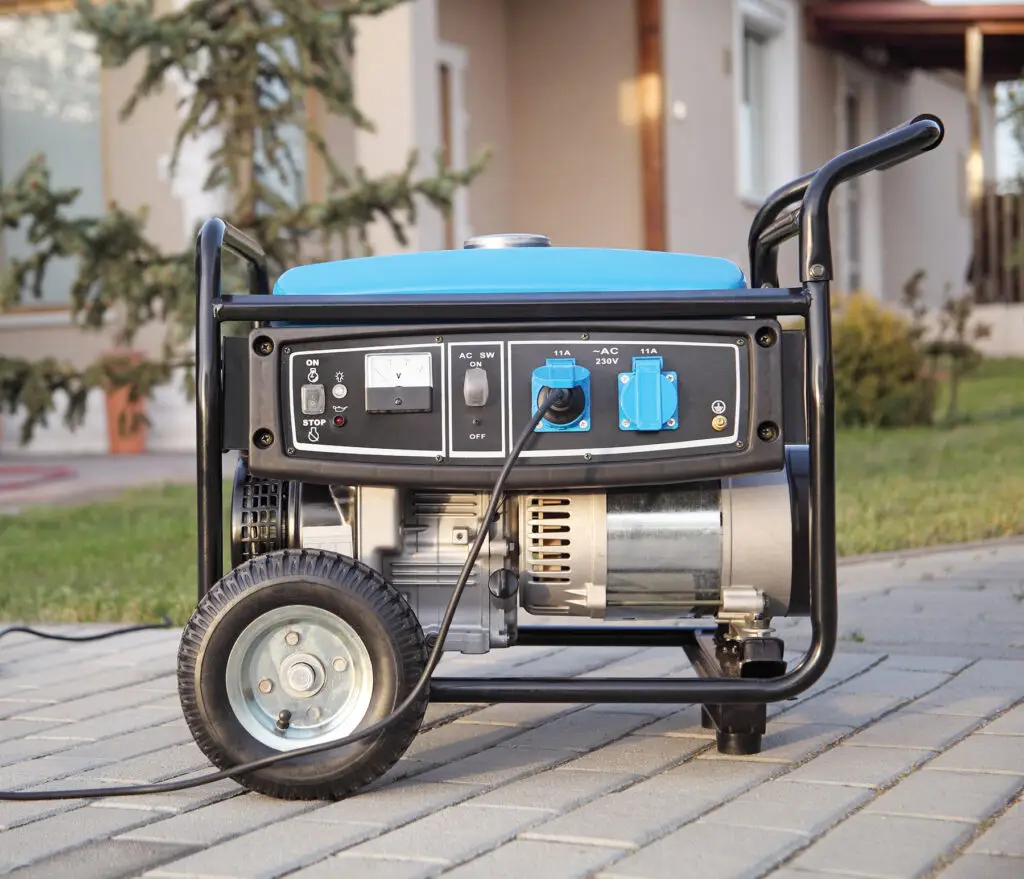Firing up one fuel-powered portable generator produces as much carbon monoxide (CO) as hundreds of combustion-engine cars, according to the Consumer Product Safety Commission.
Using a portable generator in a home, garage or too close to an enclosed area is like starting a parking lot full of cars and letting the CO poison seep into that area. The devastating result is almost immediate: The CO from one generator can kill in minutes.
CO facts

- CO is colorless and odorless. Poisoning can happen so quickly that exposed persons may become unconscious before recognizing any symptoms.
Each year in the U.S.:
- Approximately 85 individuals die from CO poisoning.
- Most deaths (81%) occur in residential locations.
- African Americans are at greater risk of CO poisoning, accounting for 23 percent of generator-related CO deaths, nearly double their estimated 13 percent share of the U.S. population, according to the U.S. Census.
Using a portable generator safely:
- Always use a portable generator at least 20 feet away from your home.
- Never operate one inside a home, on a porch or near windows and doors.
- Apply the 20-foot distance rule to other locations, such as a shed, cabin, camper or trailer.
- When shopping for a generator, look for one that gives off reduced emissions.
- Also look for one that shuts off automatically when high levels of CO are present.
- Keep your generator well maintained and follow all manufacturer’s instructions.
- Operate it under an open, canopy-like structure on a dry surface where water cannot pool underneath.
- Ensure CO detectors are installed on every level of your home and near or in bedrooms.
- Test CO alarms monthly; also track their age. They need to be replaced every seven years.
A portable generator is usually gas-powered and movable. A generator should have more output than the wattage of the electronics plugged into it. This way, the generator will be able to create the extra electricity it takes for the initial power surge. Make sure there is nothing plugged into the generator when turning it on.
Besides portable generators, there are also standby generators. The standby versions are attached directly to the house and are typically powered by natural gas or propane. These generators start automatically when the power goes out.
To prevent feeding power back into the power grid and endangering electric line crews and others, standby generators should have a transfer safety switch installed by a professional. Never plug a portable generator directly into a home outlet or electrical system for the same reason.
For more electrical safety information, visit SafeElectricity.org.




